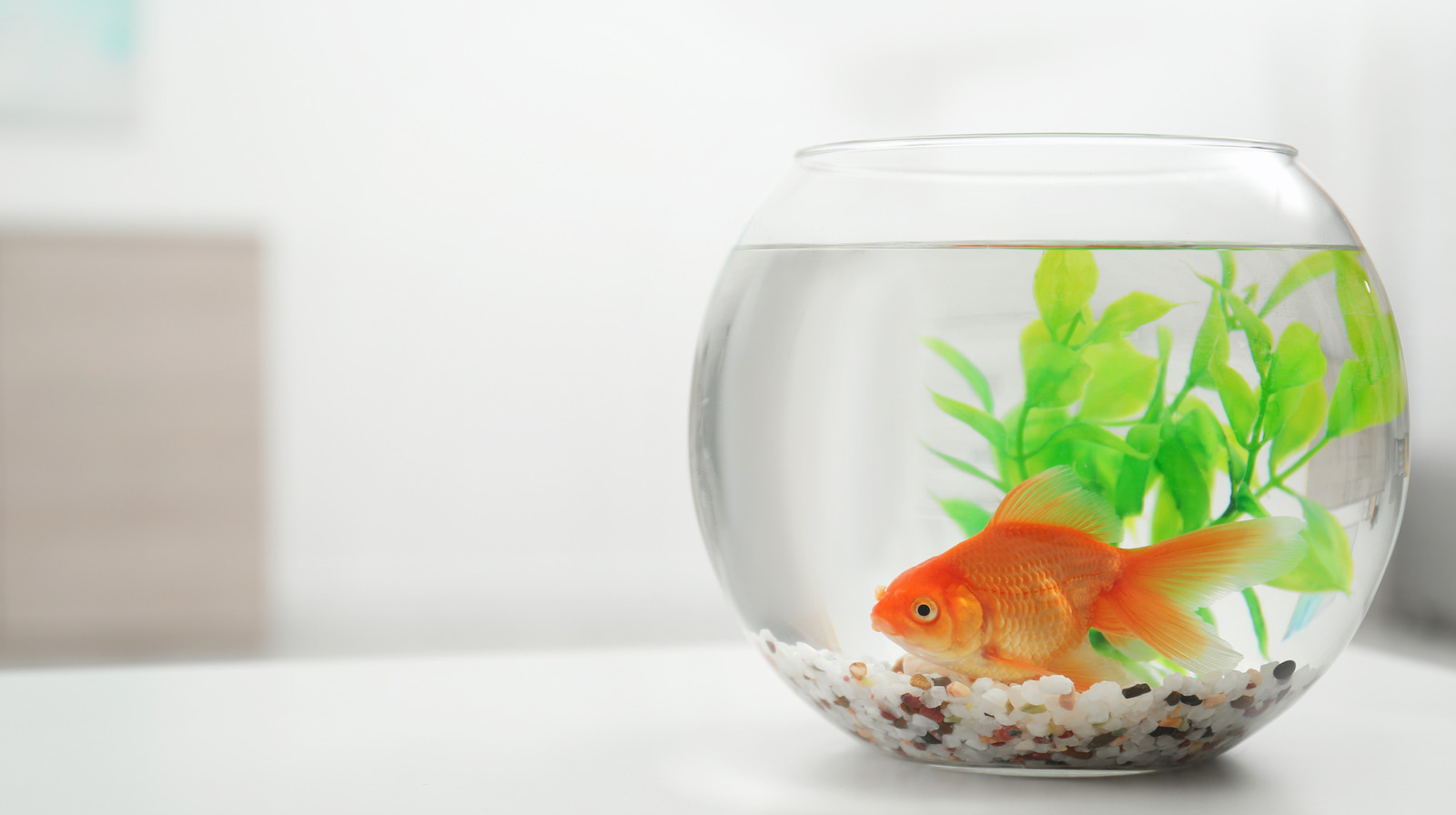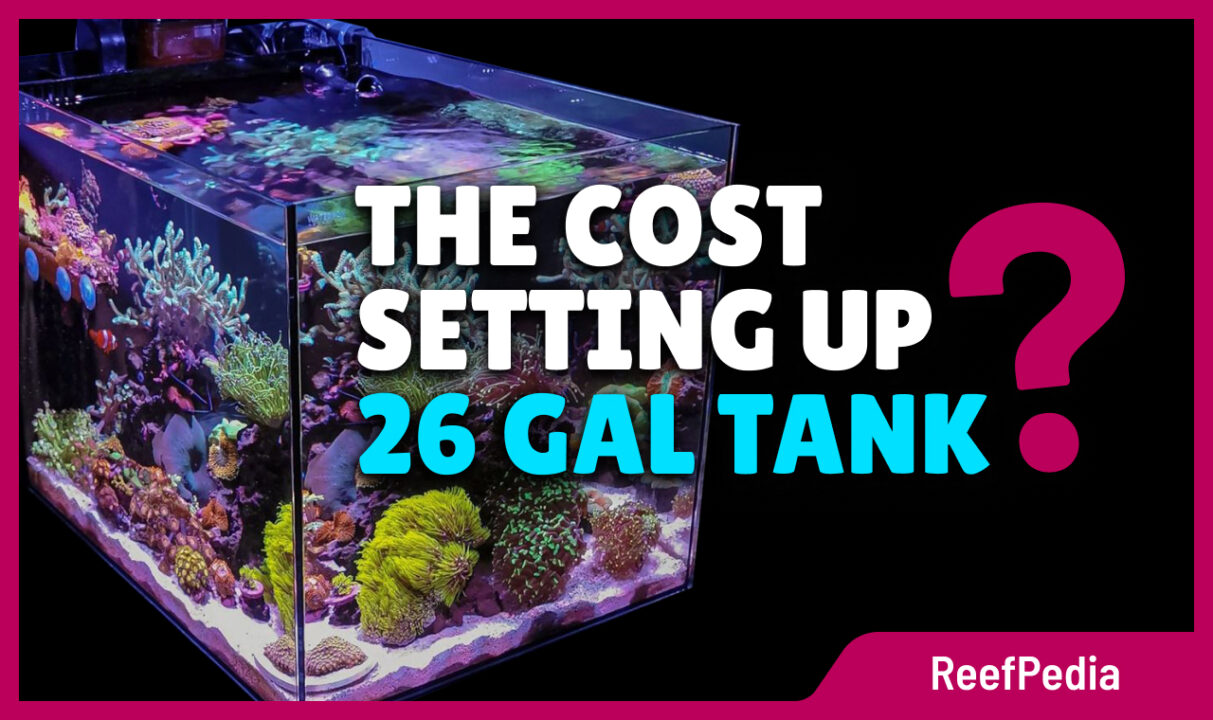The cost of setting up an aquarium varies widely, typically ranging from $100 to $1,000 or more. Factors like tank size, equipment, and fish type influence the total cost.
Setting up an aquarium can be a fulfilling hobby that brings tranquility and beauty to any space. Small starter kits cost less but may not include all necessary equipment. Larger tanks, advanced filtration systems, and exotic fish species increase expenses.
Consider ongoing costs like water treatments, food, and electricity. Researching and planning help manage your budget effectively. Choose quality equipment to ensure a healthy environment for your fish. Invest in proper lighting, filtration, and heating systems to maintain water quality. A well-planned aquarium setup is both rewarding and worth the investment.
Initial Expenses For New Aquarists
Starting an aquarium can be exciting but also costly. Knowing the initial expenses helps in planning your budget effectively. This section breaks down the essential costs for new aquarists.
Aquarium Size And Type
The size and type of your aquarium are crucial. Small tanks are cheaper but limit fish variety. Large tanks offer more options but cost more. Here’s a quick comparison:
| Aquarium Size | Approximate Cost |
|---|---|
| 10-20 gallons | $20 – $100 |
| 20-50 gallons | $100 – $300 |
| 50+ gallons | $300 and up |
Essential Equipment Checklist
Setting up an aquarium requires more than just the tank. Here’s a checklist of essential equipment:
- Filtration System: Keeps the water clean.
- Heater: Maintains a stable water temperature.
- Lighting: Essential for plant growth and fish health.
- Substrate: Gravel or sand for the tank bottom.
- Water Conditioner: Treats tap water for fish safety.
- Test Kits: Monitor water quality levels.
- Decorations: Enhances the aquarium’s appearance.
Each item comes with its own cost. Here’s an approximate price range:
| Equipment | Price Range |
|---|---|
| Filtration System | $20 – $100 |
| Heater | $15 – $50 |
| Lighting | $20 – $80 |
| Substrate | $10 – $50 |
| Water Conditioner | $5 – $20 |
| Test Kits | $10 – $30 |
| Decorations | $10 – $100 |

Credit: www.housedigest.com
Recurring Costs Of Aquarium Maintenance
Setting up an aquarium involves ongoing expenses. These recurring costs ensure your aquatic life thrives. Regular maintenance keeps the tank clean and the fish healthy.
Monthly Utility Expenses
Electricity is a significant monthly utility expense. You need power for the filter, heater, and lighting. An aquarium filter runs 24/7 to keep water clean. The heater ensures water stays at the right temperature.
Here is a breakdown of average monthly electricity costs:
| Equipment | Power Consumption (W) | Monthly Cost ($) |
|---|---|---|
| Filter | 5-20 | 1-3 |
| Heater | 25-150 | 2-10 |
| Lighting | 10-50 | 1-5 |
Food And Nutrition For Aquatic Life
Feeding your fish is a daily task. The type of food depends on your fish species. Options include flakes, pellets, and frozen food.
Here is a list of common fish foods and their costs:
- Flake Food: $3-$10 per month
- Pellet Food: $5-$15 per month
- Frozen Food: $10-$20 per month
Providing a balanced diet is crucial. It ensures your fish stay healthy and vibrant.
Saving On Starter Kits
Setting up an aquarium can be a delightful yet costly hobby. One way to manage expenses is by saving on starter kits. These kits often come with essential items for beginners. But are they worth the price?
Comparing Pre-packaged Deals
Pre-packaged deals can simplify the initial setup process. They usually include a tank, filter, heater, and sometimes even fish food.
| Item | Included in Kit | Cost Separately |
|---|---|---|
| Tank | Yes | $50 |
| Filter | Yes | $20 |
| Heater | Sometimes | $15 |
| Fish Food | Sometimes | $5 |
These kits often provide a good starting point. But they may include items you don’t need.
Customizing To Avoid Unnecessary Costs
Customizing your aquarium setup can save money. First, make a list of essentials:
- Tank
- Filter
- Heater
- Lighting
- Fish Food
Next, compare prices from different stores. Sometimes buying items individually is cheaper. You also avoid paying for unnecessary items.
Consider buying second-hand equipment. Many pet stores or online communities offer used items at lower prices.
Here’s a simple checklist to help you customize your setup:
- Research the type of fish you want.
- List the necessary equipment.
- Compare prices from multiple sources.
- Check for used equipment deals.
- Buy only what you need.
By customizing, you avoid unnecessary costs and only buy essential items.

Credit: reefpedia.org
Diy Aquarium Projects
DIY Aquarium Projects can be exciting and cost-effective. You can create unique tanks and decor. Let’s explore some fun projects.
Building Your Own Tank
Building your own tank can save money. You need some basic tools and materials. Here is a simple guide:
- Choose the right glass or acrylic sheets.
- Cut the sheets to the desired size.
- Use aquarium-safe silicone to seal the edges.
- Let the tank dry for 24 hours.
Ensure the tank is leak-proof before adding water. This will keep your fish safe.
Homemade Decor And Accessories
Creating decor and accessories at home can be fun. You can use everyday items and creativity. Here are some ideas:
- Driftwood and rocks can add a natural look.
- PVC pipes make great hiding spots for fish.
- Painted ceramic pots can be colorful hiding places.
Always use non-toxic materials to ensure the safety of your fish. You can also make your own filters and lights. This can further reduce costs.
Cost Comparison Table
| Item | Store-Bought Cost | DIY Cost |
|---|---|---|
| Tank (20 gallons) | $100 | $50 |
| Decor | $50 | $20 |
| Filters and Lights | $80 | $40 |
As seen in the table, DIY projects can be budget-friendly. They also add a personal touch to your aquarium.
Choosing Cost-effective Livestock
Setting up an aquarium doesn’t have to be expensive. By choosing cost-effective livestock, you can save money and still enjoy a beautiful and thriving aquatic environment. This guide will help you select the best fish and other creatures that are both affordable and easy to care for.
Selecting Low-maintenance Species
When starting with an aquarium, opt for low-maintenance species. These fish require less care and are often more resilient. Some good options include:
- Guppies: Small, colorful, and very hardy.
- Neon Tetras: Bright, active, and easy to keep.
- Zebra Danios: Energetic, fun to watch, and adaptable.
These species are perfect for beginners. They adapt well to different water conditions and have simple dietary needs. This makes them ideal for those new to aquarium keeping.
Benefits Of Starting With Fewer Fish
Starting with fewer fish has several advantages. It helps maintain better water quality and reduces the initial cost. Here are some key benefits:
- Lower Initial Investment: Fewer fish mean spending less money upfront.
- Ease of Maintenance: Less cleaning and fewer water changes.
- Reduced Stress: Less crowded tanks lead to healthier fish.
With fewer fish, you can focus on creating a stable environment. This ensures your fish thrive and live longer. Gradually, you can add more fish as you gain experience.
To summarize, choosing cost-effective livestock for your aquarium can save money and effort. By selecting low-maintenance species and starting with fewer fish, you create a beautiful, thriving aquatic habitat without breaking the bank.
Second-hand Aquarium Supplies
Setting up an aquarium can be expensive. But there are ways to save money. One way is to buy second-hand aquarium supplies. They can be cheaper and still good quality. But you need to be careful.
Where To Find Used Equipment
You can find used aquarium supplies in many places. Here are some options:
- Online Marketplaces: Websites like Craigslist, eBay, and Facebook Marketplace.
- Pet Store Bulletin Boards: Check local pet stores for community boards.
- Fishkeeping Forums: Join forums where people sell used equipment.
- Garage Sales: Sometimes you can find great deals at local sales.
Inspecting For Quality And Safety
Before you buy any used equipment, you need to check it well. Here are some tips:
- Look for Cracks: Check glass tanks for cracks or leaks.
- Test Filters and Heaters: Plug them in to see if they work.
- Check Lights: Make sure all bulbs are working.
- Ask for History: Learn how old the equipment is and how it was used.
- Smell Test: Smell the equipment. It should not have a bad odor.
Using second-hand aquarium supplies can save money. But always make sure they are safe and in good condition.
Energy Efficiency And Your Aquarium
Energy efficiency plays a crucial role in maintaining an aquarium. It impacts both your wallet and the environment. Making smart choices about lighting, filters, and heaters can save energy and reduce costs. Let’s explore some of these choices.
Led Lighting Vs. Traditional Options
LED lighting is more efficient than traditional lighting options. LEDs use less electricity and last longer. They produce less heat, reducing the need for cooling. Traditional lights, like fluorescent and incandescent, consume more energy. They also generate more heat, which can stress your fish.
| Feature | LED Lighting | Traditional Lighting |
|---|---|---|
| Energy Consumption | Low | High |
| Heat Production | Low | High |
| Lifespan | Long | Short |
Filter And Heater Efficiency
Efficient filters and heaters are vital for an energy-saving aquarium. Look for filters with a high filtration rate and low energy use. Sponge filters and canister filters are good choices. They clean the water effectively without using much power.
Heaters should be energy-efficient and reliable. Digital heaters allow precise temperature control. They use power only when needed. This reduces energy consumption and keeps your fish safe.
- Choose filters with adjustable flow rates.
- Opt for digital heaters with energy-saving modes.
- Insulate your aquarium to maintain stable temperatures.
By choosing efficient equipment, you can lower your electricity bill. Your aquarium will also have a smaller carbon footprint.
Practical Tips For Long-term Savings
Setting up an aquarium can be costly. But with smart planning, you can save money in the long run. Follow these practical tips to keep your costs down.
Routine Maintenance Schedule
Regular maintenance keeps your aquarium healthy and saves money. Create a weekly routine to check water levels and equipment. This helps prevent costly repairs.
- Daily: Feed fish, check water temperature.
- Weekly: Test water quality, clean glass.
- Monthly: Replace filters, check equipment.
Investing In Durable Equipment
Investing in high-quality equipment saves money over time. Cheap gear often breaks and needs replacing.
| Equipment | Durable Option | Estimated Lifespan |
|---|---|---|
| Heater | Stainless Steel Heater | 5-10 years |
| Filter | Canister Filter | 4-8 years |
| Lighting | LED Lights | 5-7 years |
Choose durable options to avoid frequent replacements. This saves you money in the long run.

Credit: www.youtube.com
Conclusion
Setting up an aquarium can be an exciting and rewarding experience. Costs vary based on tank size and equipment quality. Planning ahead helps manage expenses efficiently. Investing in quality items ensures a healthy environment for your aquatic pets. Enjoy the beauty and tranquility an aquarium brings to your home.
